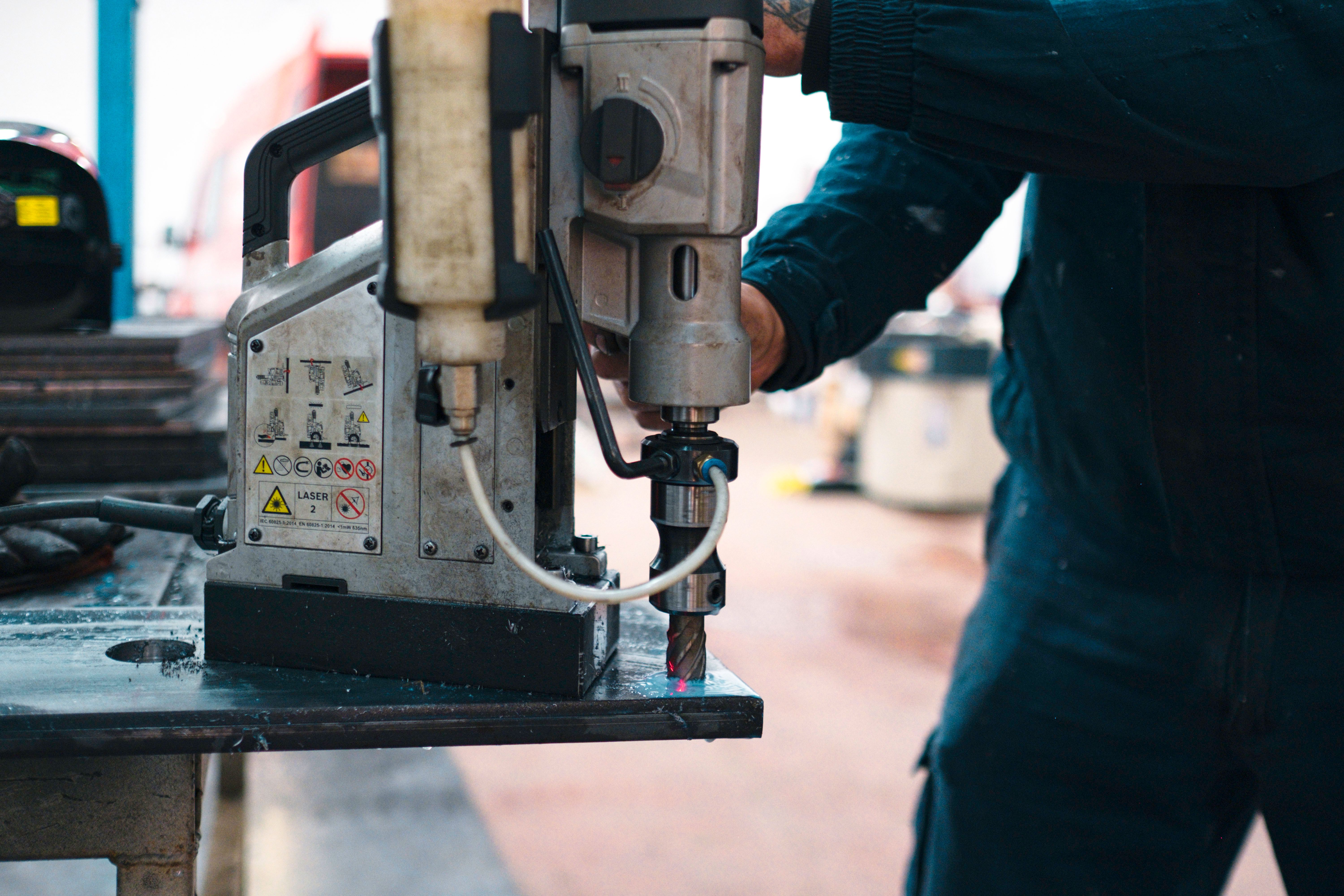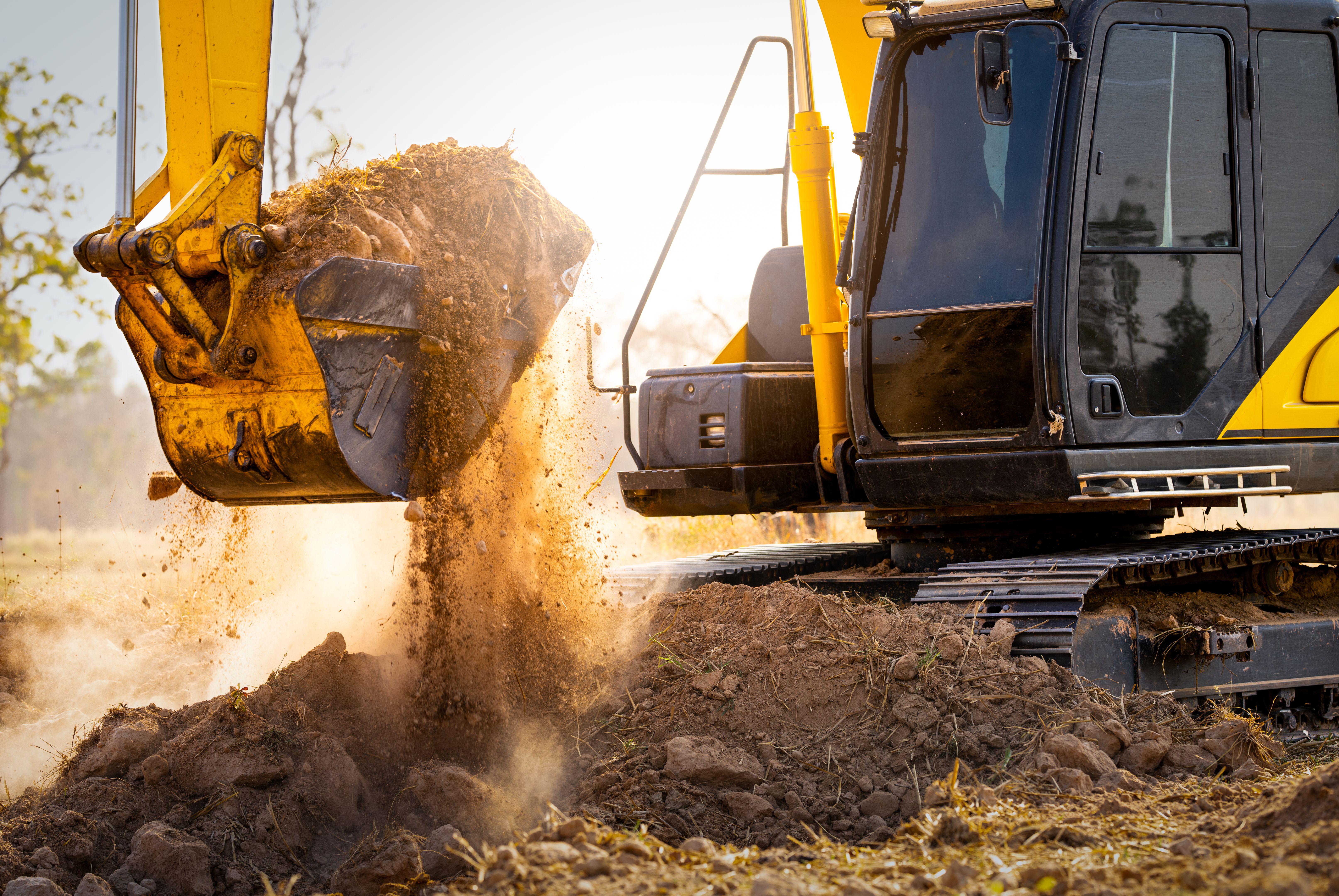دریل مگنت: ابزار قدرتمند و کاربردهای آن
Understanding the Magnetic Drill
The magnetic drill, often referred to as a mag drill, is a powerful tool that has revolutionized the way professionals approach metalworking tasks. This versatile machine is designed to deliver precision and efficiency, making it indispensable in various industrial applications. Unlike traditional drills, the magnetic drill features an electromagnet at its base, allowing it to securely attach to ferrous metal surfaces.
One of the key advantages of using a magnetic drill is its ability to provide stability and accuracy when drilling into metal surfaces. The magnetic base ensures that the drill remains firmly in place, minimizing the risk of errors and enhancing safety. This makes it particularly useful in complex projects where precision is paramount.

Applications of Magnetic Drills
Magnetic drills are widely used in construction, manufacturing, and fabrication industries. Their ability to handle heavy-duty tasks with ease makes them a preferred choice for professionals. Here are some common applications of magnetic drills:
- Structural Engineering: Used for drilling holes in steel beams and columns.
- Shipbuilding: Essential for creating precise openings in ship hulls and decks.
- Pipeline Construction: Ideal for boring holes in pipes for installation and maintenance purposes.
The adaptability of magnetic drills allows them to be used in various settings, from workshops to large-scale construction sites. Their portability and ease of use make them a valuable addition to any toolkit.

Choosing the Right Magnetic Drill
Selecting the appropriate magnetic drill for your needs involves considering several factors. The type of material you will be drilling into, the hole diameter required, and the working environment are all critical aspects to evaluate. Here are some tips to help you make the right choice:
- Evaluate Power Requirements: Ensure the drill's motor power matches your project's demands.
- Consider Drill Bit Compatibility: Check that the drill is compatible with the bits you plan to use.
- Assess Mobility Needs: If frequent relocation is necessary, opt for a lighter model with easy transport features.
By taking these considerations into account, you can select a magnetic drill that will deliver optimal performance and reliability.

Maintenance and Safety Tips
Proper maintenance and adherence to safety protocols are crucial to maximizing the lifespan and functionality of your magnetic drill. Regular cleaning and inspection can prevent potential issues and ensure consistent performance. Here are some maintenance tips:
- Clean Regularly: Remove metal shavings and debris after each use to prevent clogging and wear.
- Inspect Cords and Connections: Check electrical components for signs of damage or wear.
- Lubricate Moving Parts: Apply lubricant to moving parts to reduce friction and extend lifespan.
In addition to maintenance, always follow safety precautions such as wearing protective gear, securing workpieces properly, and ensuring the work area is clear of hazards. By prioritizing safety, you can prevent accidents and ensure a smooth operation.
The Future of Magnetic Drills
The continued advancements in technology are shaping the future of magnetic drills. Innovations such as enhanced magnetic strength, improved ergonomics, and digital controls are making these tools more efficient and user-friendly. As industries evolve, magnetic drills will undoubtedly play a pivotal role in meeting new challenges and requirements.
The integration of smart technology into magnetic drills could offer features like automated drilling processes, real-time performance monitoring, and advanced safety systems. These developments promise to further enhance productivity and precision in various applications.
Overall, the magnetic drill remains a vital tool in modern metalworking, offering unparalleled benefits that cater to both experienced professionals and novices alike.